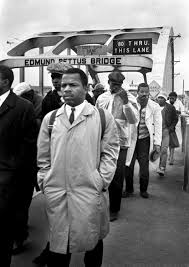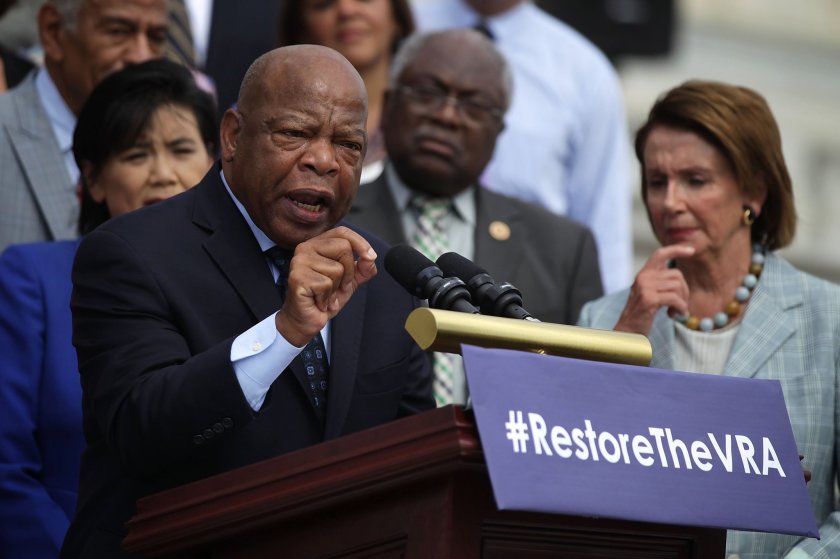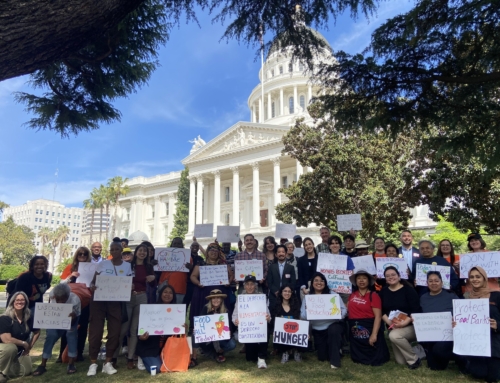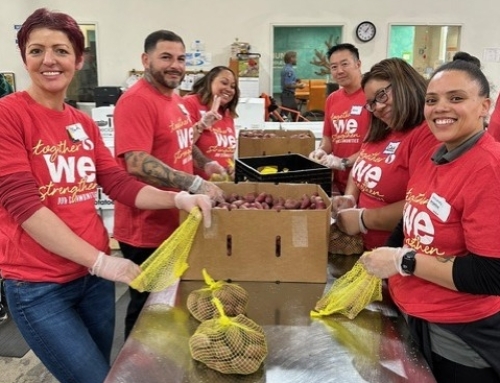By Henry Koehler, Temporary Census Organizer
Picture this: It’s Sunday, March 7, 1965. A 25-year-old John Lewis packs his backpack – some fruit, a couple books, water, and a toothbrush – and throws it over his trench coat.
He’s preparing to lead a march to the Alabama state capital to demand the right to vote for Black Americans and to protest the death of a civil rights activist shot by police in a neighboring town. Having participated in the civil rights struggle since the age of 17, Lewis has already been arrested 20 times by white segregationists and badly beaten during the Freedom Rides.

He was born the third of 10 children on a sharecropping farm owned by a white man in Alabama. As a child, Lewis was responsible for taking care of the chickens. Wanting to be a minister when he grew up, he preached to the hens – baptizing them when they hatched, reading to them from the Bible, and staging funerals when they died.
Today, he’ll be met by a hoard of state troopers who will swarm him with tear gas and beat him to the ground with billy-clubs. As a result, he will be admitted to the hospital with a fractured skull.
These are the events of Bloody Sunday, which spurred the passage of the Voting Rights Act (VRA) – a landmark piece of civil rights legislation that outlawed discriminatory voting practices like literacy tests and poll taxes. August 6 marks the 55th anniversary of the VRA. This year is especially meaningful as it comes just two weeks after the passing of Rep. John Lewis.
Lewis fought for justice, equality, and human rights throughout his life. One cause that remained close to his heart was the fight for voting rights – a fight that is far from over.
In 2013, a Supreme Court case gutted a key provision of the VRA. As a result, states were able to adopt racialized policies, such as voter ID laws, making it harder for African Americans and other Communities of Color to vote.
The right to vote is a cornerstone of democracy. At ACCFB, we see the vote as a critical instrument in ending racism, hunger, and poverty.
Elections shape government and every election offers an opportunity to address injustice at the systemic level.
But equal access to democracy is not limited to the right to vote. John Lewis knew this. Two years before Bloody Sunday at the March on Washington, Lewis tied together racial, political, and economic issues. He spoke of a: “maid who earns $5 a week in a home of a family whose total income is $100,000 a year.” And of the, “homeless and starving people of this nation.” As well as citizens, “who must live in constant fear of a police state.”
One day before he was admitted to the hospital, John Lewis visited the newly named Black Lives Matter Plaza in Washington, D.C. In a letter published in The New York Times on the day of his funeral, he said he needed to see it and feel it for himself, “after many years of silent witness, the truth is still marching on.”
As a Food Bank, we continue to challenge ourselves, government institutions, and community partners to advance policies that address the intersectional nature of race, place, capitalism, health outcomes, and hunger. Only by directly confronting racism will we realize our shared vision of an Alameda County where everyone can thrive.





